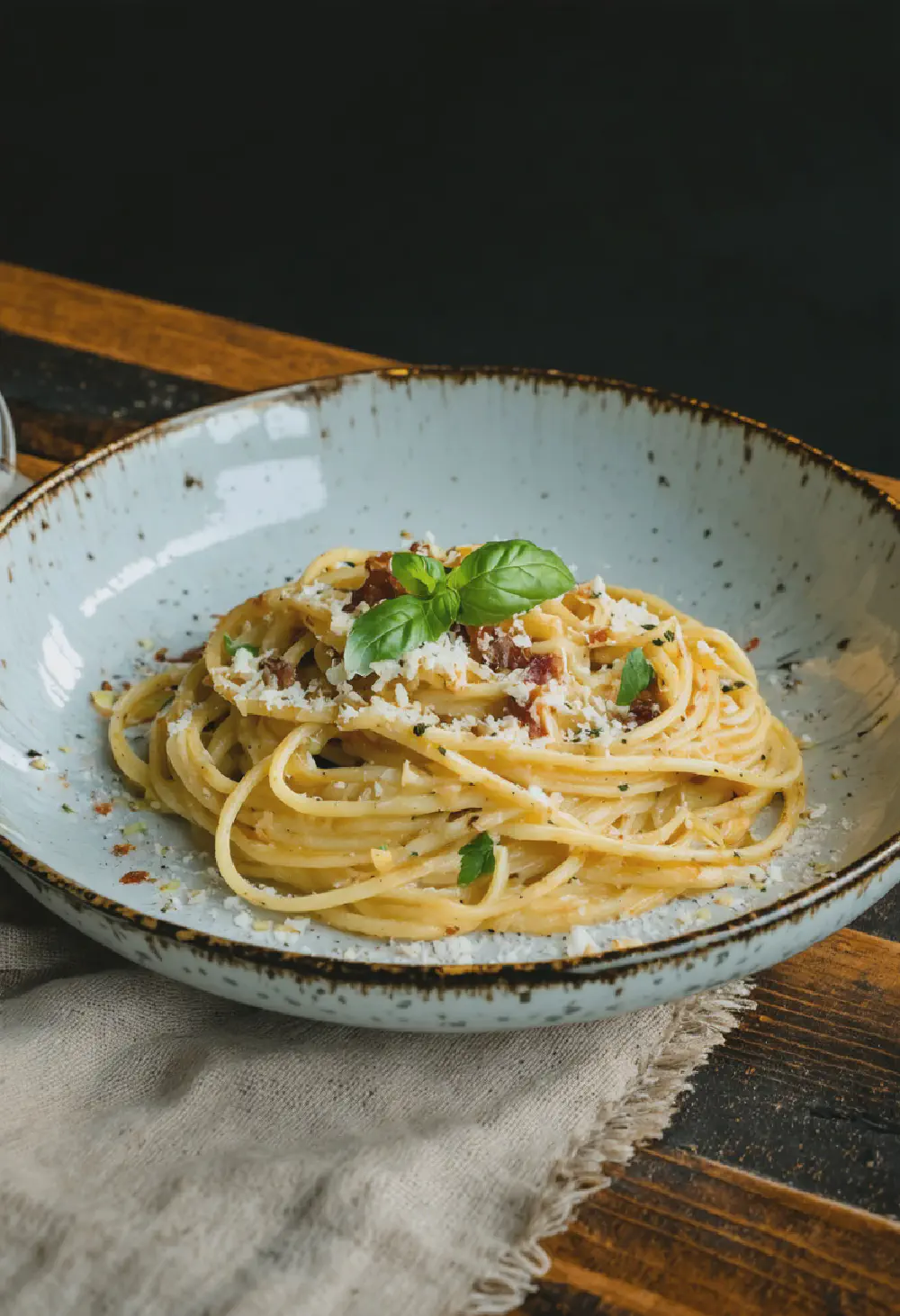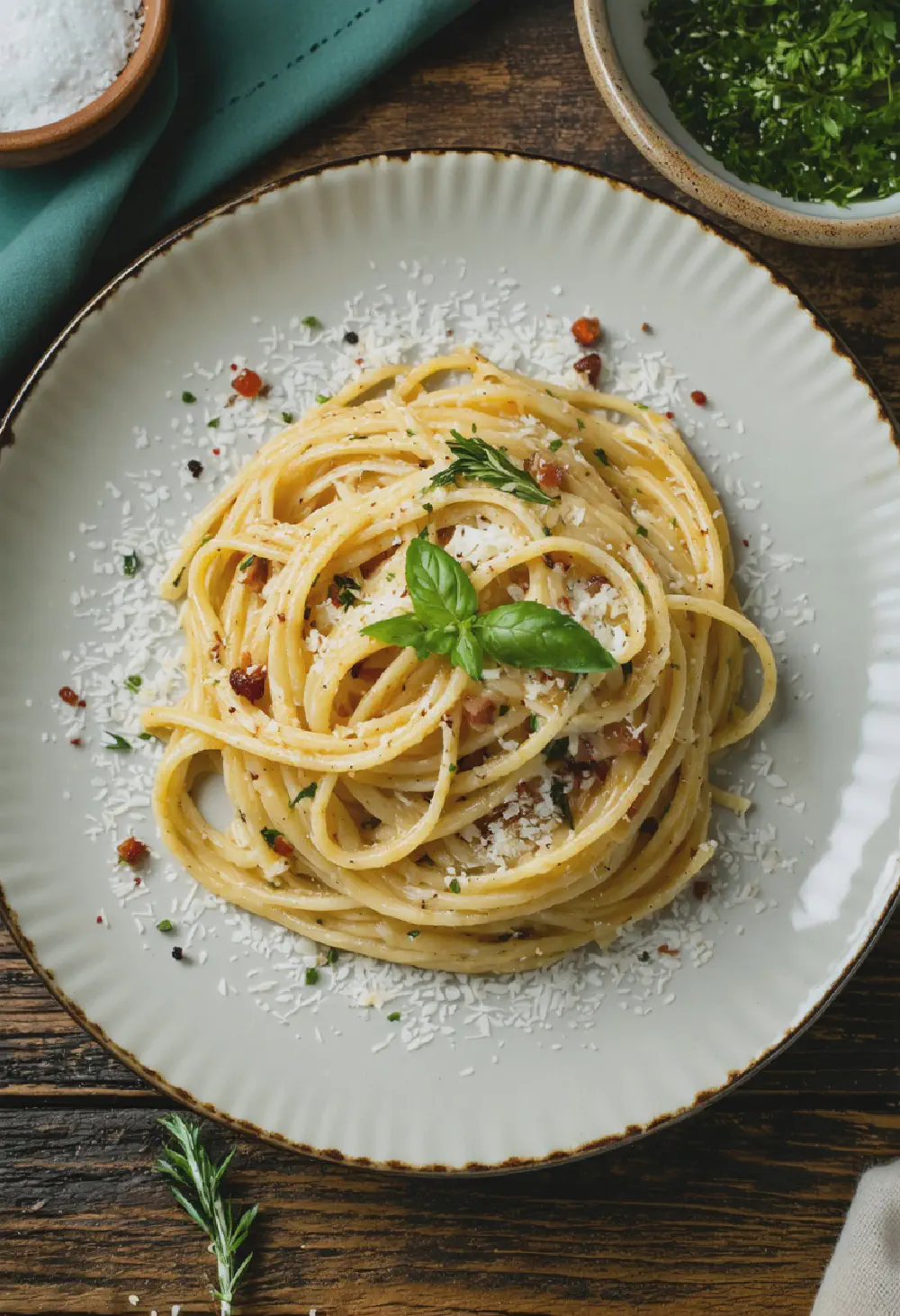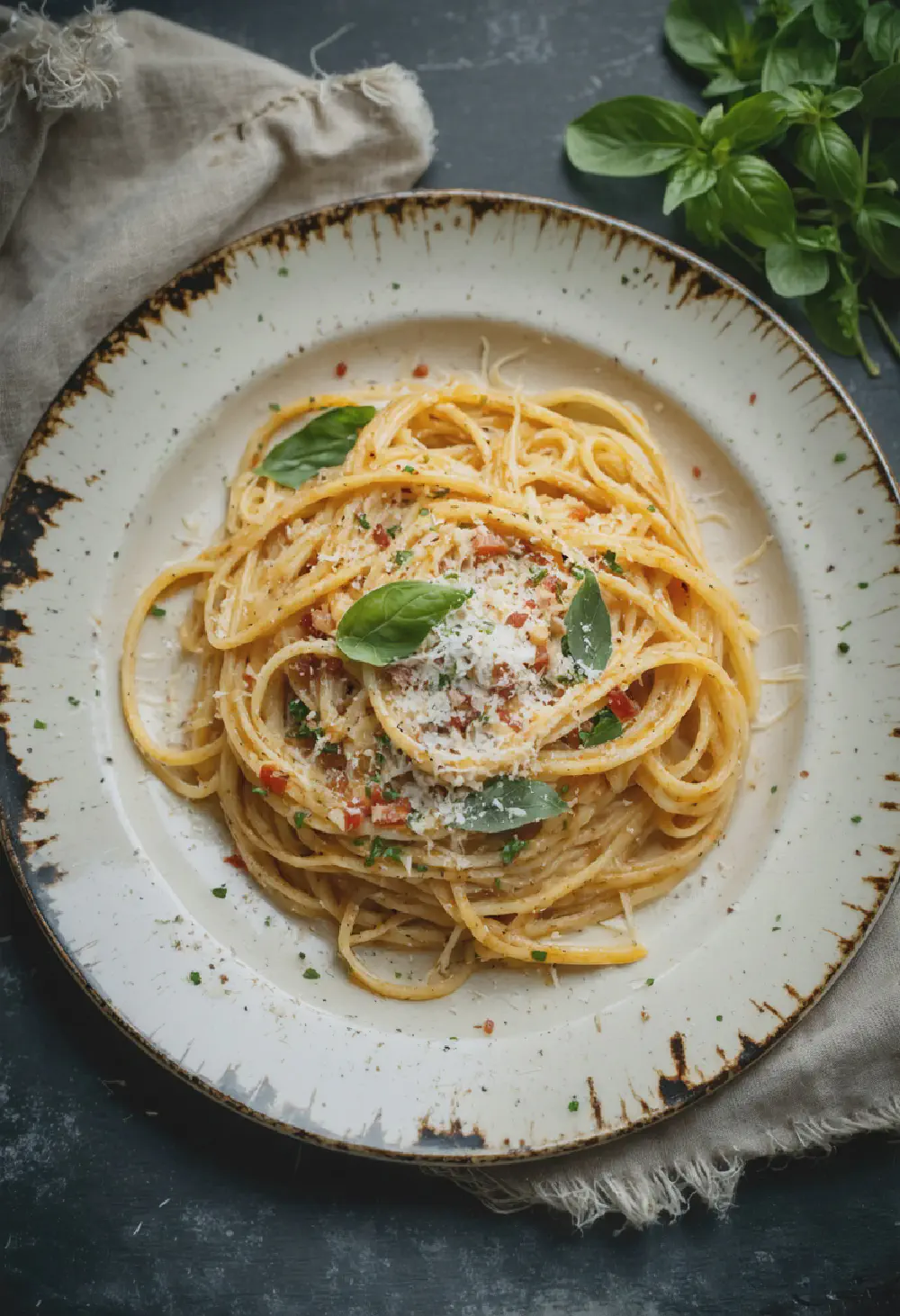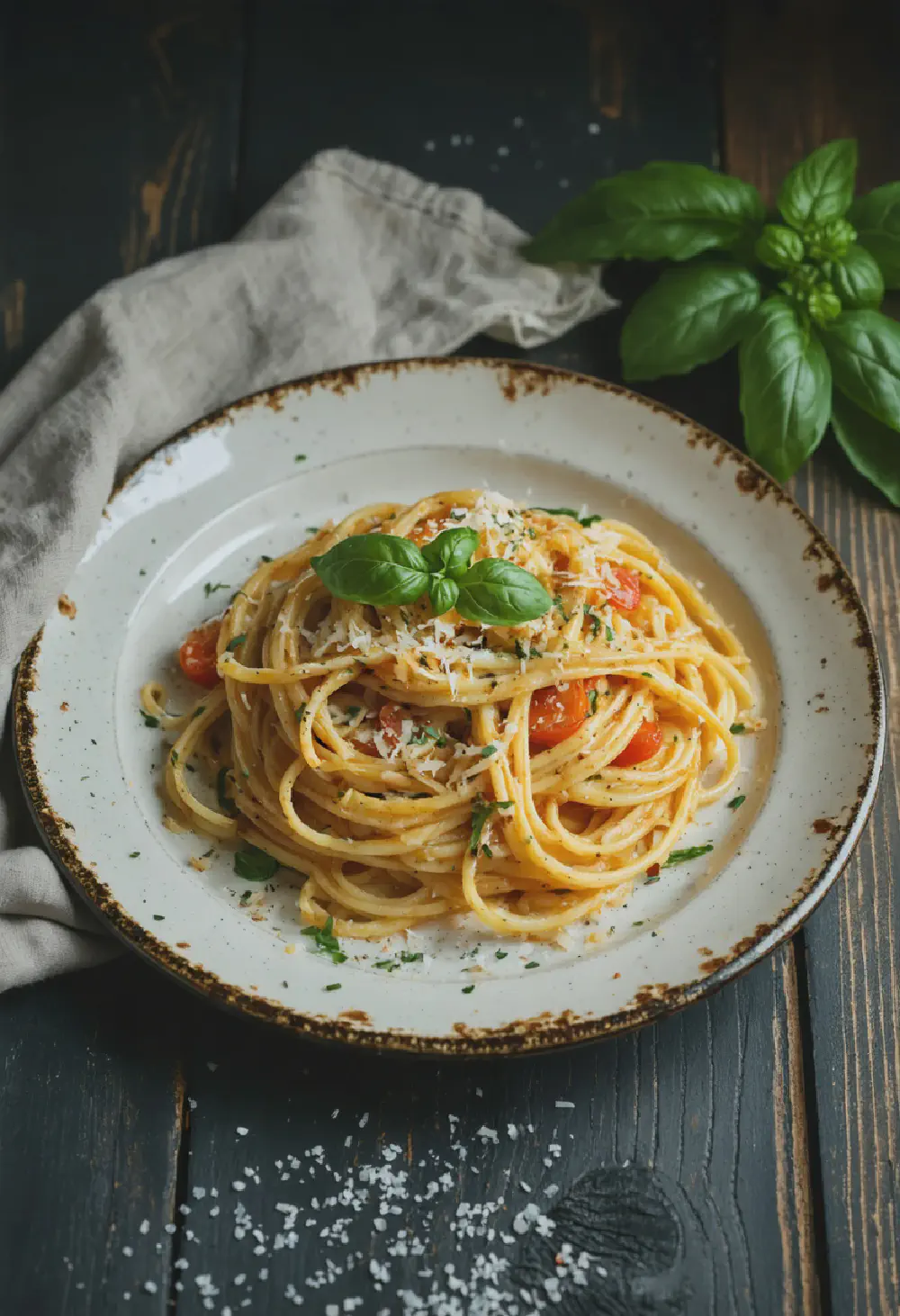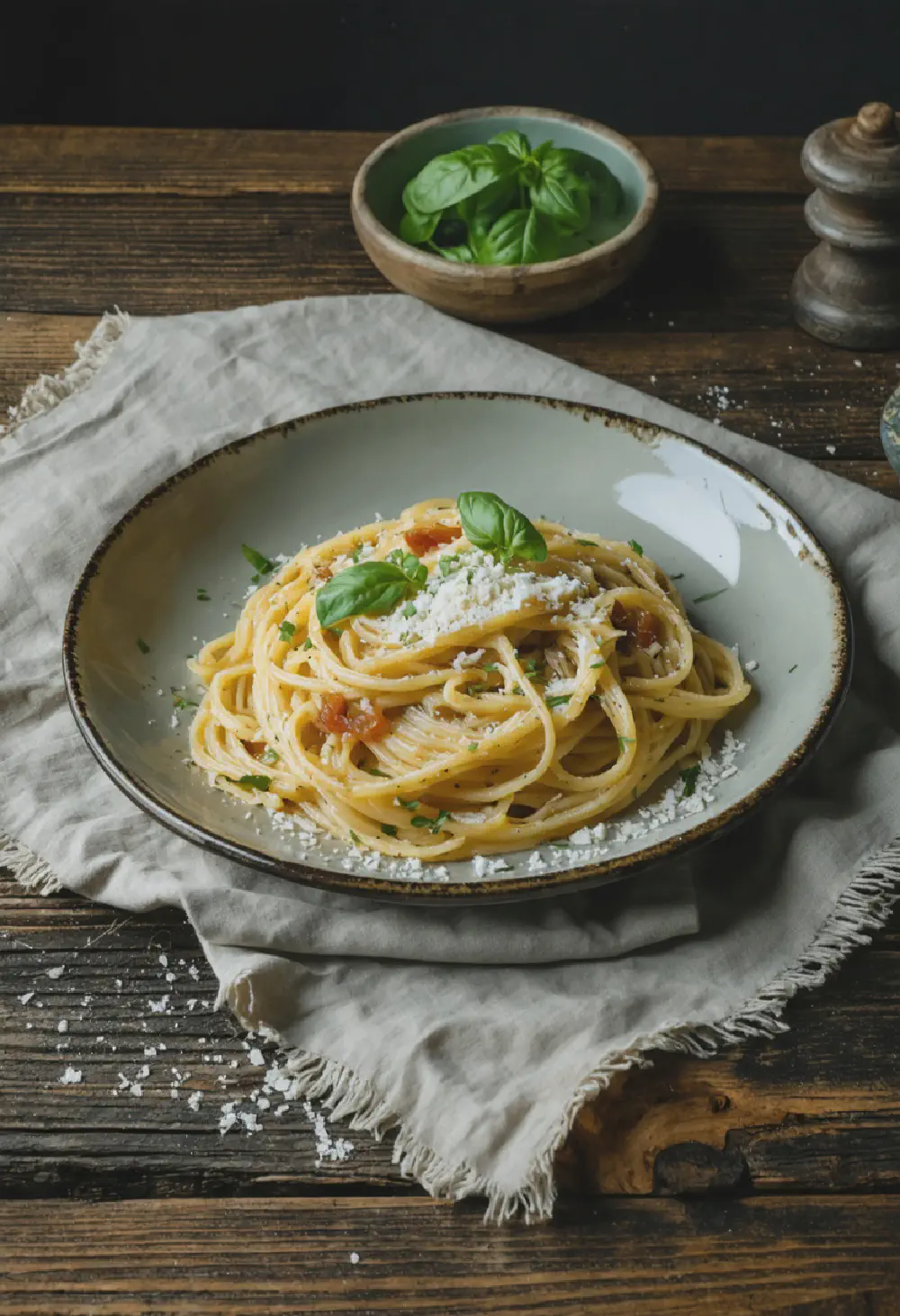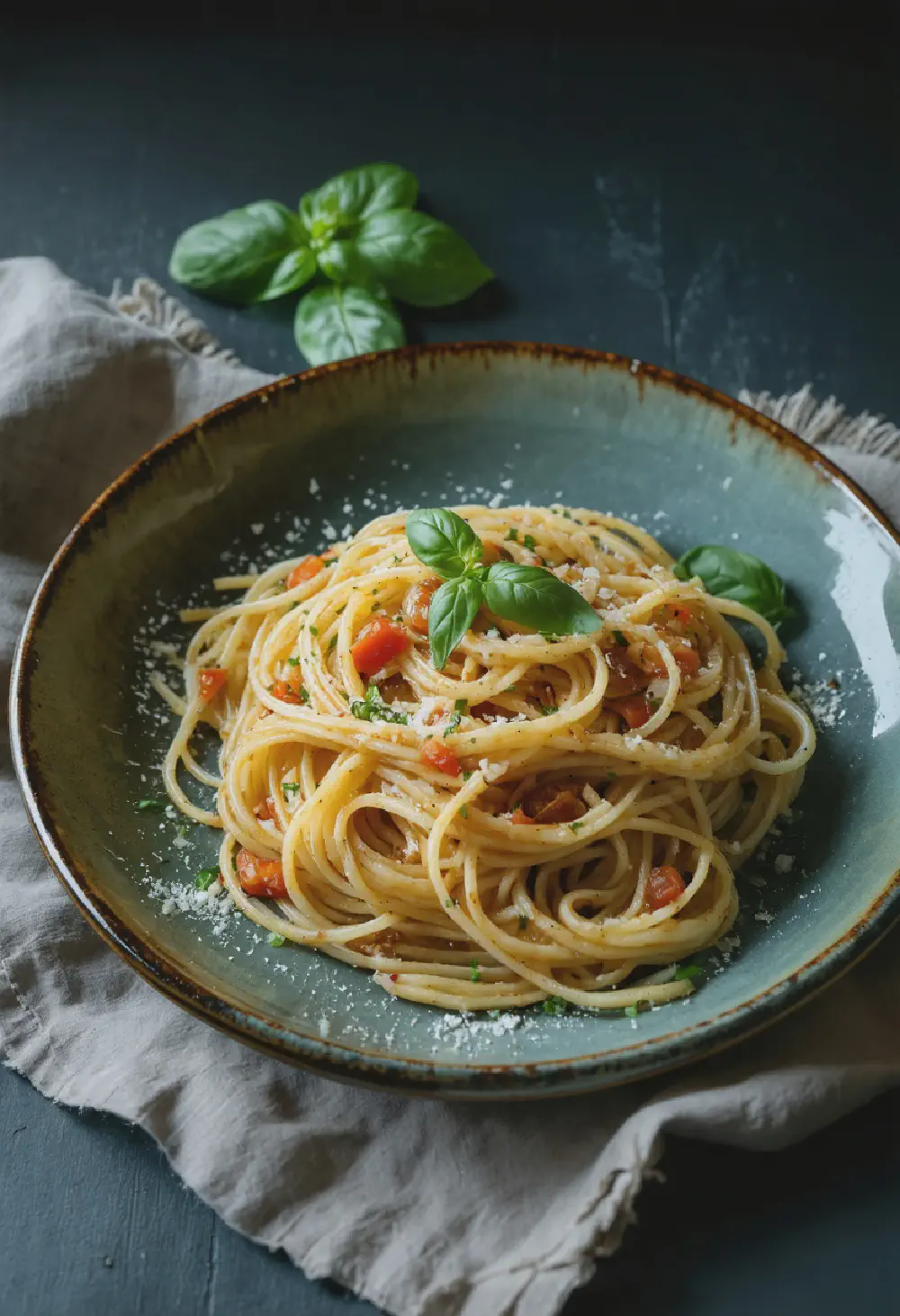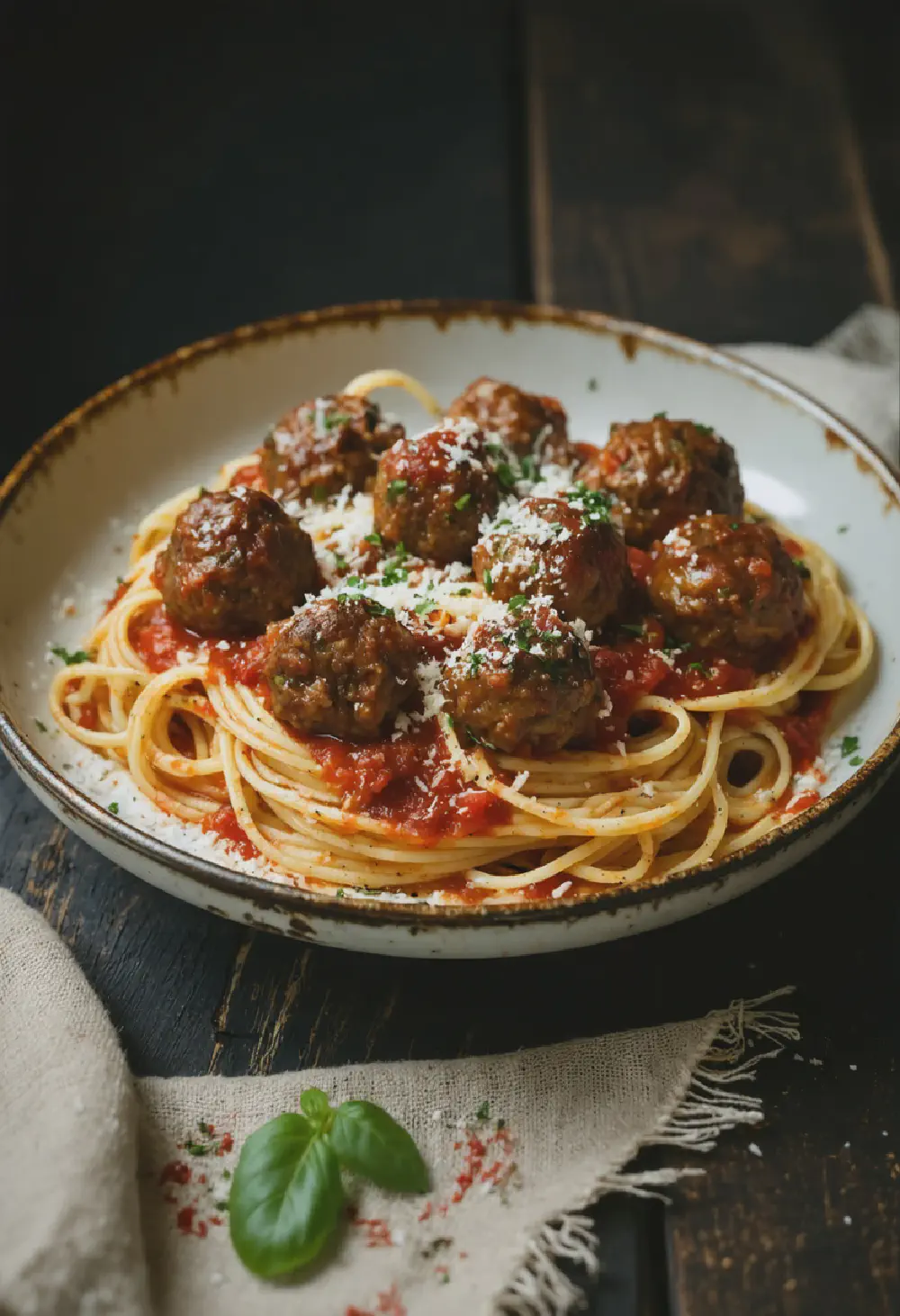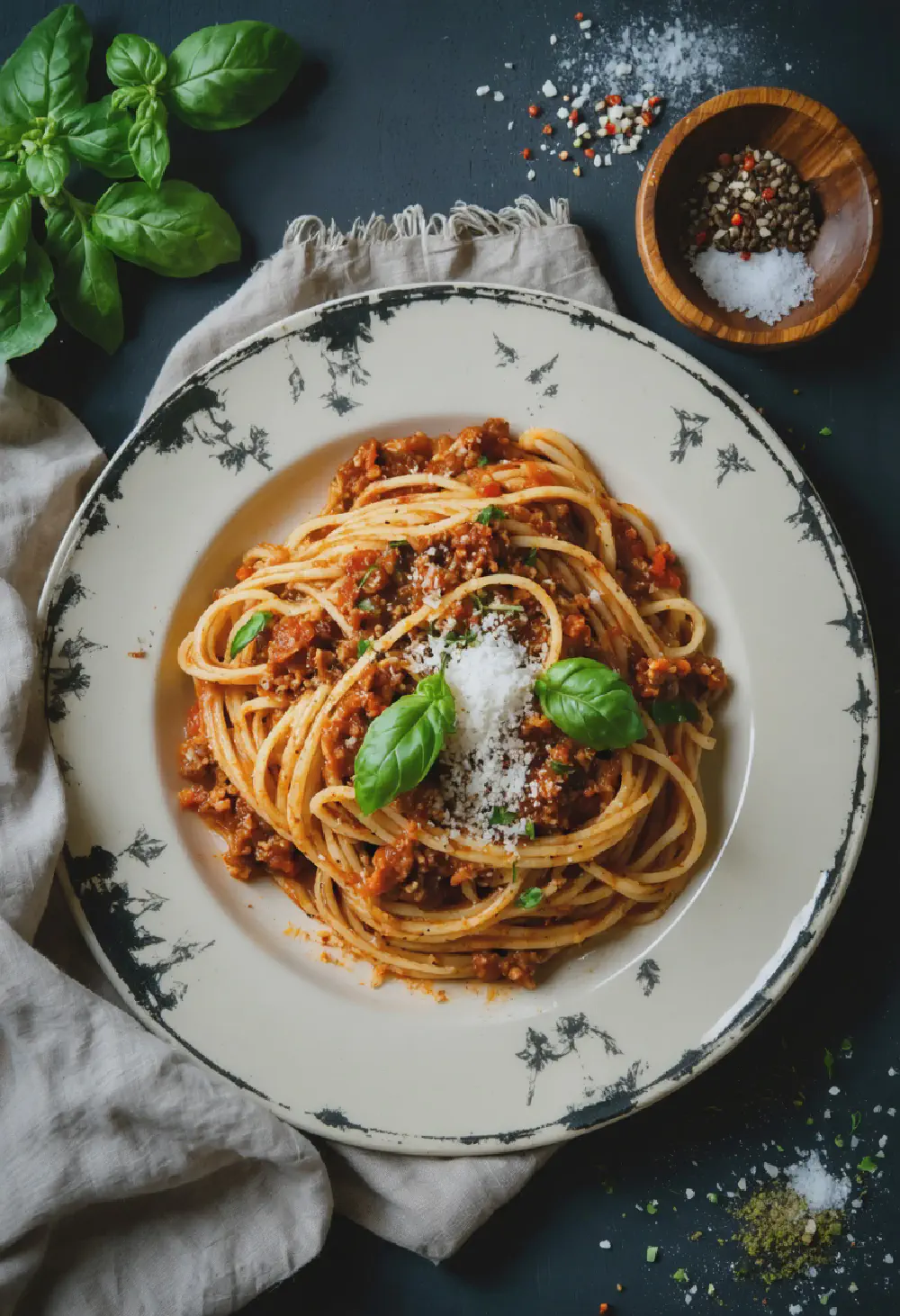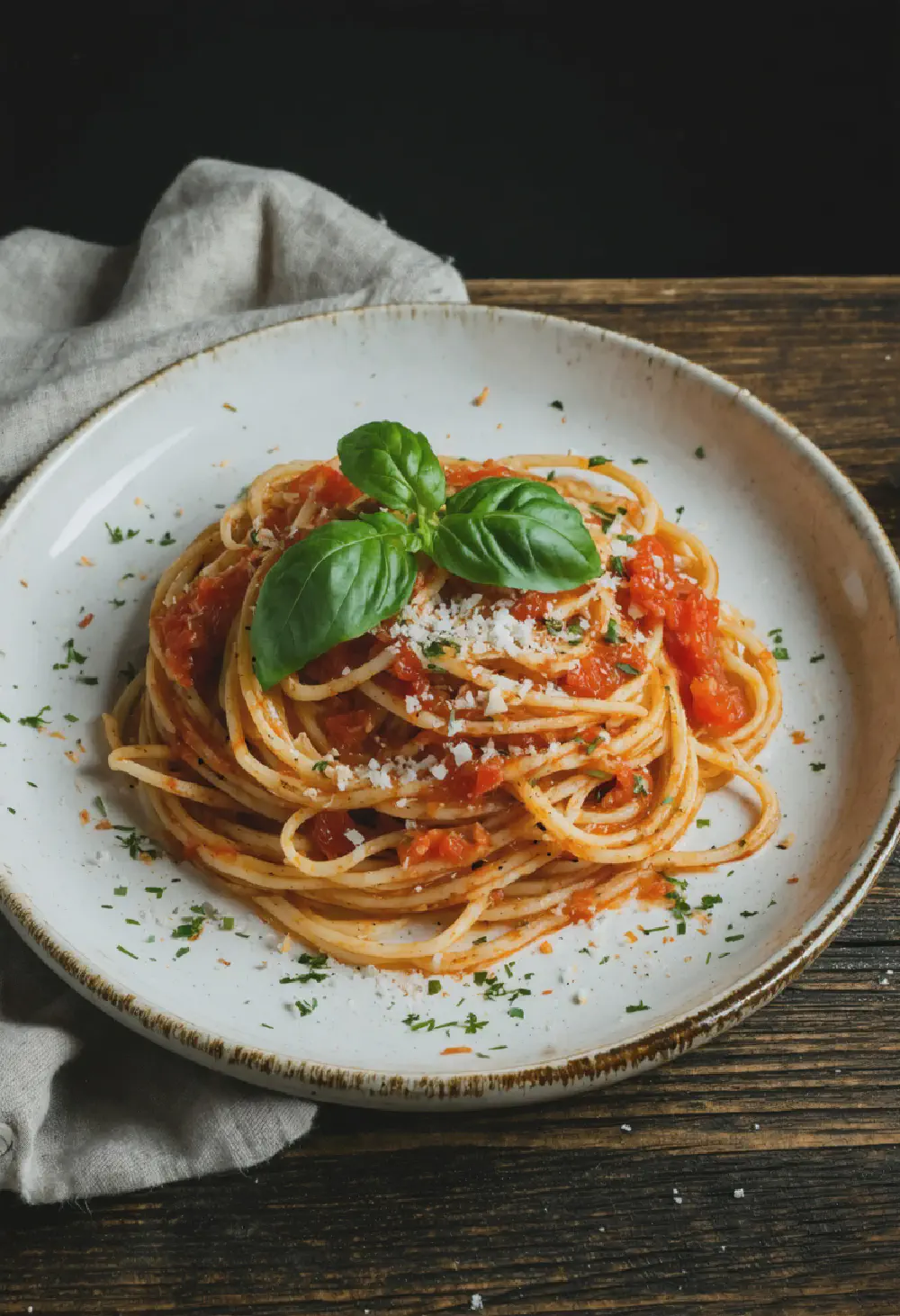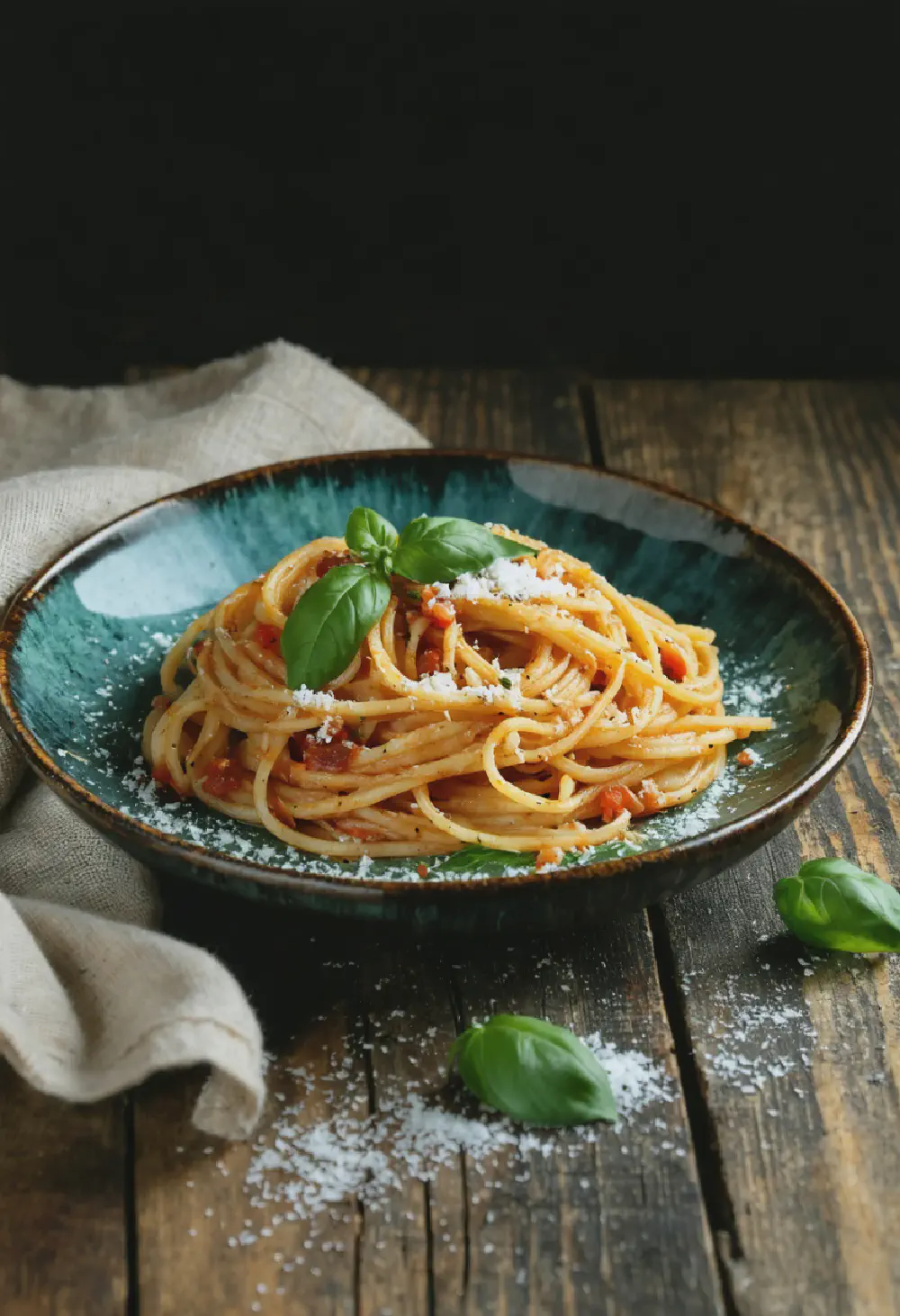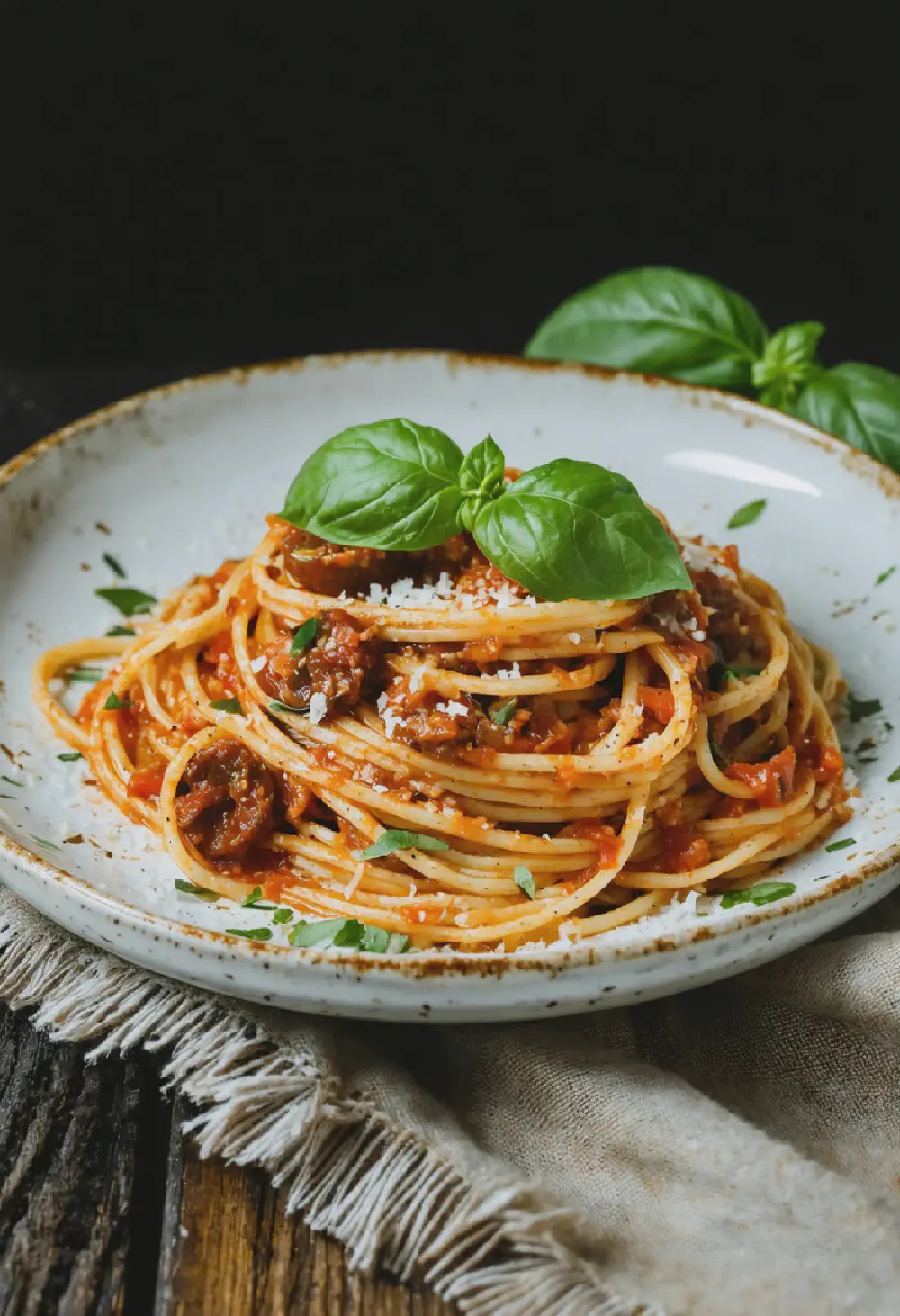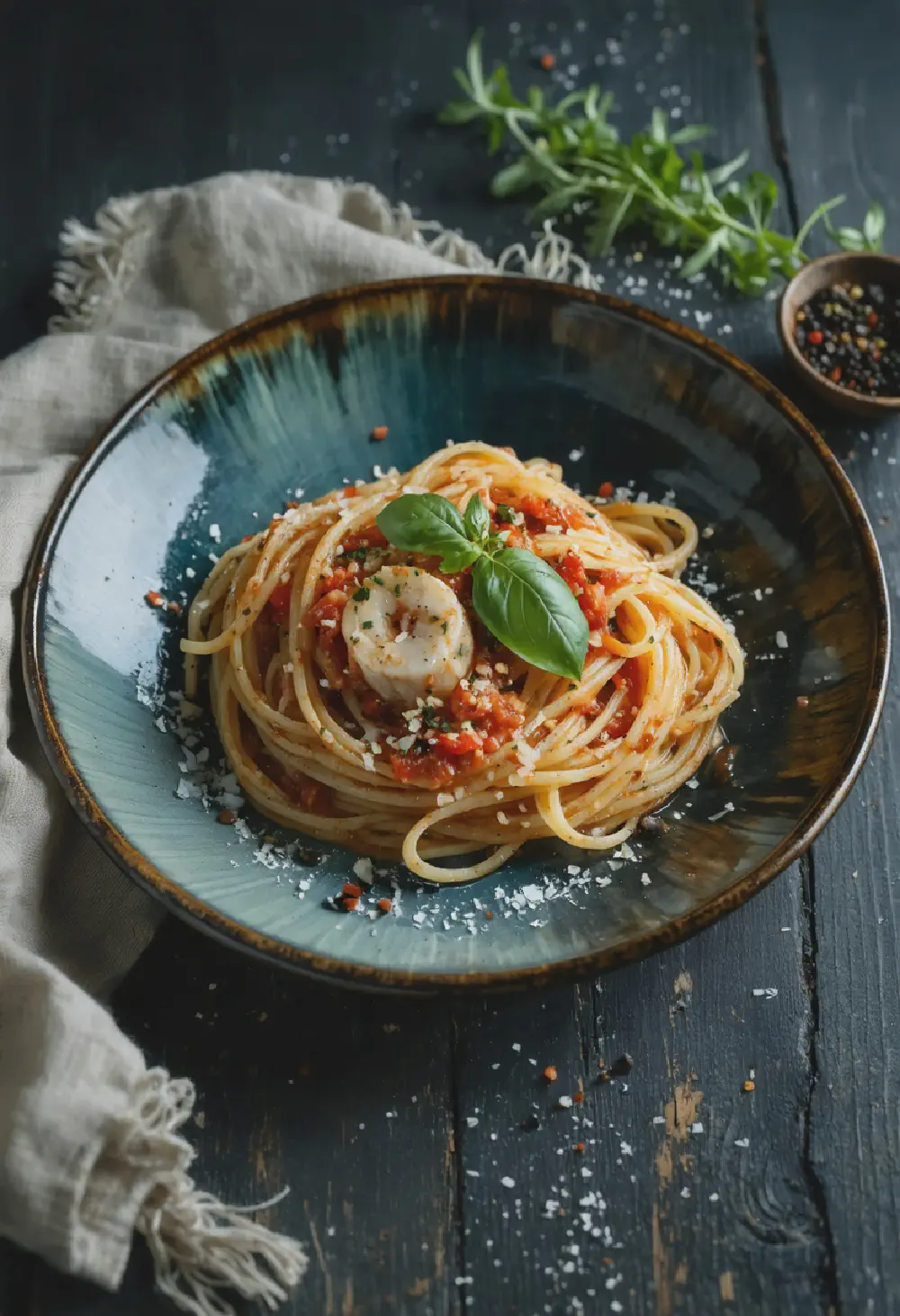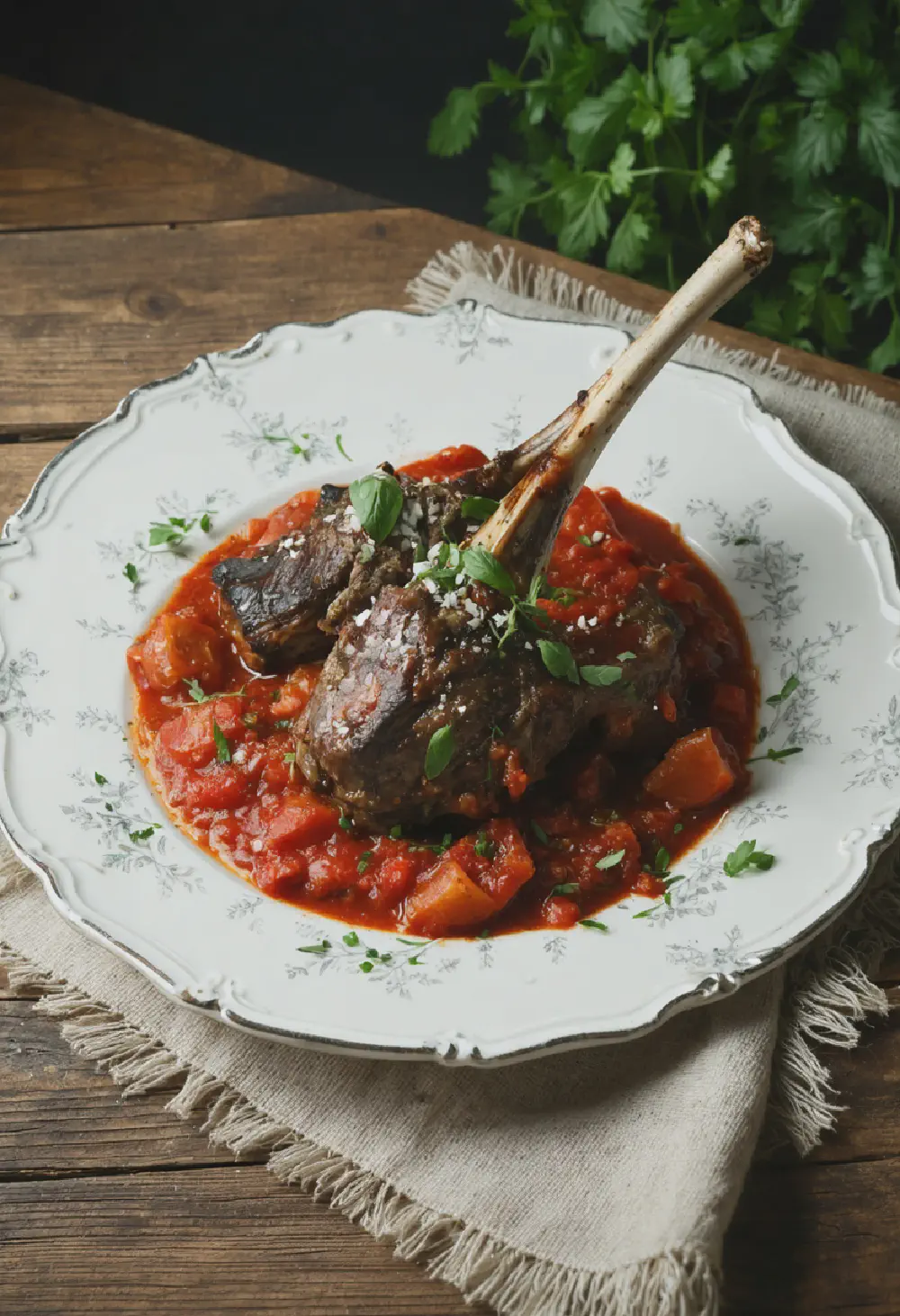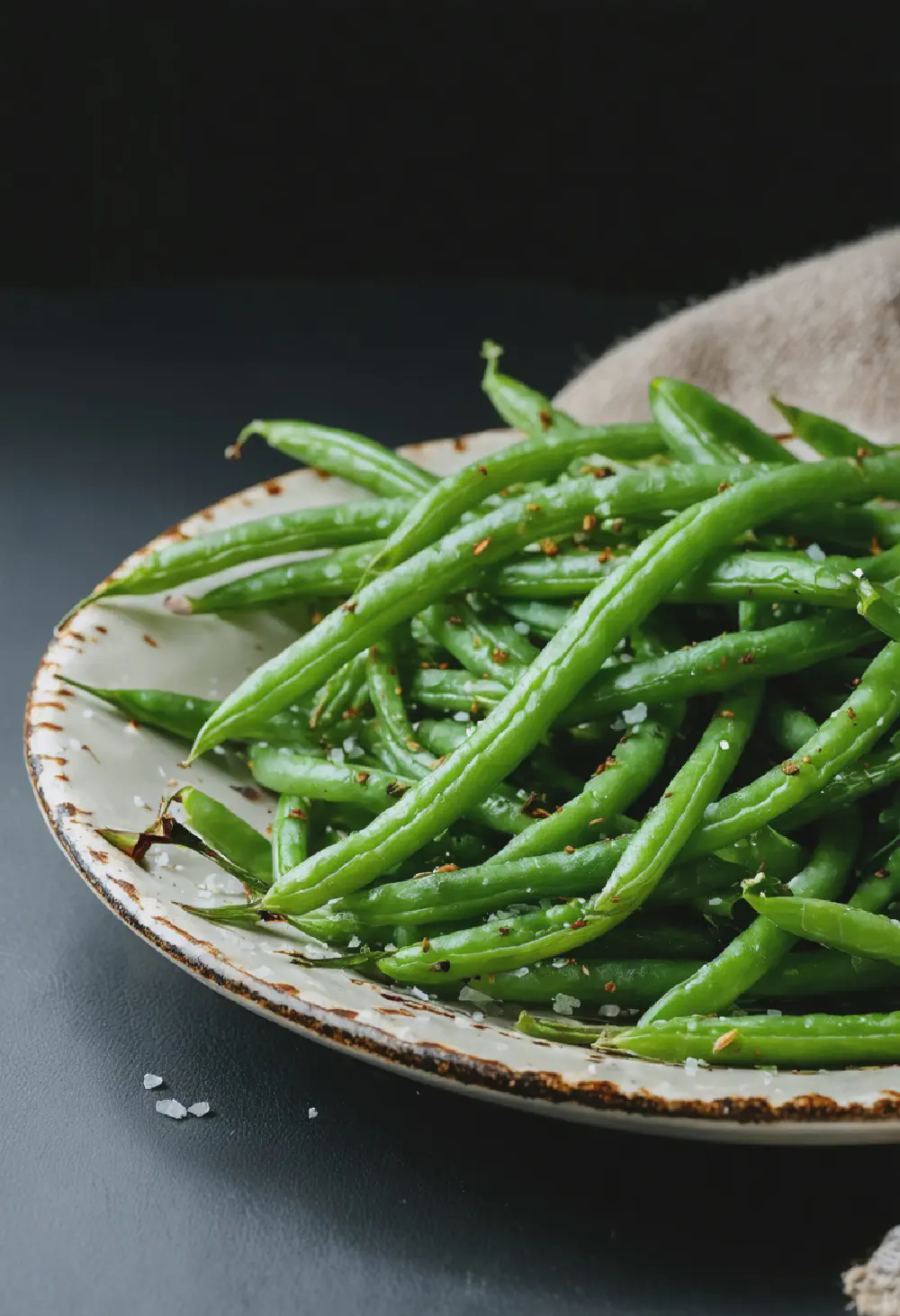Authentic Spaghetti Carbonara
10M
25M
- Makes 4
- 400g spaghetti
- 150g pancetta or guanciale, diced
- 4 large egg yolks
- 1 cup Pecorino Romano cheese, freshly grated
- Freshly ground black pepper, to taste
- Salt, to taste
- Bring a large pot of salted water to a boil. Add the spaghetti and cook according to package instructions until al dente.
- While the pasta is cooking, heat a large skillet over medium heat. Add the pancetta or guanciale and cook until crispy and golden, about 5-7 minutes. Remove from heat.
- In a bowl, whisk together the egg yolks, Pecorino Romano cheese, and a generous amount of freshly ground black pepper.
- Once the pasta is cooked, reserve 1 cup of the pasta water, then drain the pasta.
- Quickly add the hot pasta to the skillet with the pancetta, tossing to coat the pasta in the rendered fat.
- Remove the skillet from heat and pour in the egg and cheese mixture, tossing quickly to ensure the eggs do not scramble but instead create a creamy sauce. If the sauce is too thick, add a bit of the reserved pasta water to reach the desired consistency.
- Serve immediately, topped with additional Pecorino Romano and black pepper if desired.
Authentic Spaghetti Carbonara: A Dive into Its History, Taste, and Cultural Significance
History of Spaghetti Carbonara
The origins of Spaghetti Carbonara, a beloved dish in Italian cuisine, are shrouded in mystery and debate. Some culinary historians trace its roots back to the mid-20th century, suggesting it was a creation of Italian炭烧工(carbonai), or coal workers, who used readily available ingredients to whip up a hearty meal. Another theory posits that the dish was born in Rome post-World War II, when American soldiers introduced bacon and eggs to the local cuisine, leading to the creation of this iconic pasta dish.
Regardless of its exact origins, Spaghetti Carbonara has become a staple in Italian gastronomy, celebrated for its simplicity and rich flavors. The dish’s name, “Carbonara,” is believed to derive from “carbone,” the Italian word for coal, possibly referencing the dish’s association with coal workers or the speckled appearance of the pasta, reminiscent of coal dust.
Taste Profile of Spaghetti Carbonara
Spaghetti Carbonara is renowned for its luxurious yet straightforward taste profile. The dish combines the nutty, slightly salty flavor of Pecorino Romano cheese with the rich, smoky essence of crispy pancetta. The eggs, a crucial component, lend a creamy texture to the sauce, enveloping the spaghetti in a silky embrace. A generous dusting of freshly ground black pepper adds a subtle heat and complexity, balancing the dish’s richness.
The beauty of Spaghetti Carbonara lies in its simplicity; it’s a harmonious blend of just a few high-quality ingredients that come together to create a dish that is both comforting and indulgent. The key to achieving the perfect taste is in the balance of these elements, ensuring that no single flavor overpowers the others.
Cultural Significance of Spaghetti Carbonara in Italian Cuisine
In the realm of Italian cuisine, Spaghetti Carbonara holds a special place as a symbol of Roman culinary tradition. It embodies the essence of Italian cooking: using fresh, high-quality ingredients to create dishes that are both simple and sophisticated. The dish is a testament to the Italian philosophy of “cucina povera,” or “poor kitchen,” which celebrates the art of making the most out of simple, affordable ingredients.
Carbonara is not just a meal; it’s a cultural icon that represents the warmth and conviviality of Italian dining. It’s a dish often enjoyed in the company of family and friends, fostering a sense of community and togetherness. In Rome, where the dish is believed to have originated, it’s a source of pride and a must-try for any visitor seeking an authentic taste of the city’s culinary heritage.
The cultural significance of Spaghetti Carbonara extends beyond Italy’s borders, as it has gained international acclaim and become a beloved dish worldwide. Its popularity is a testament to the universal appeal of Italian cuisine and the enduring legacy of this simple yet exquisite pasta dish.
